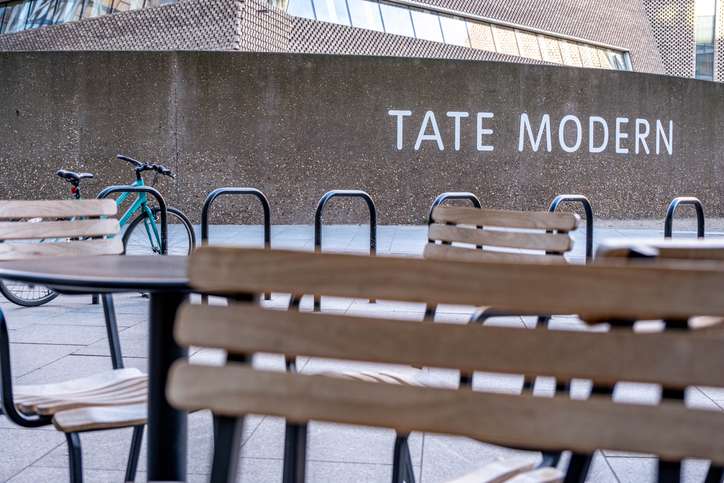Extension to privacy rights
The Supreme Court rules in favour of the owners of flats overlooked by London’s Tate Modern
Background
Privacy law usually invokes thoughts about data protection, surveillance by large organisations/government bodies, or celebrities seeking privacy injunctions.
But in a recent landmark ruling, Fearn and others (Appellants) v Board of Trustees of the Tate Gallery (2023), the Supreme Court also considered privacy in the context of homeowners whose properties were overlooked.
Tate Modern is housed in the former Bankside Power Station in central London and hosts millions of visitors to its galleries every year. A viewing platform on one of the highest floors of the building offers visitors picturesque views of London.
However, just 34 metres away from this platform is a block of privately owned glass-fronted apartments. A group of residents argued that the viewing platform allowed thousands of people to look into their homes on a daily basis and that this amounted to private nuisance (i.e. something which is unreasonable and substantially interferes with a person’s enjoyment of their property) and/or an infringement of the rights of privacy under Article 8 of the European Convention of Human Rights (ECHR).
The claim was dismissed by both the High Court and the Court of Appeal but the Supreme Court took a more practical approach and found in favour of the residents.
The Decision
The Supreme Court’s decision took account of the following:
- The law of private nuisance requires consideration of the balance between the rights of neighbouring landowners: do the actions of one constitute a substantial interference with the ordinary use of the other’s land? The Court concluded that having to deal with thousands of people looking into the residents’ flats, and taking pictures which included the flats’ interiors, would significantly interfere with the residents’ ability to enjoy their homes in the way a reasonable person could expect.
- It was not a question of whether the viewing platform was an unreasonable use of Tate Modern’s land. Rather, the right question to ask was whether the viewing platform was necessary for the common, ordinary use and occupation of the gallery, to which the answer was no.
- The fact that the flats were glass-fronted didn’t mean that the residents’ exposure to the visitors’ glare was “self-induced”. The design was a factor to take into account but the usual test as to whether there was a nuisance still had to be applied.
- The claim should not be trivialised as “mere overlooking”. Visual intrusion can amount to nuisance especially if, as in this case, photographs are being taken. Filming and sharing of images on social media would be similar factors to take into account.
Although the appeal to the Supreme Court concerned only the private nuisance aspect of the claim, the Court commented that the residents did not need to rely on Article 8 of the ECHR.
Although this is the first time that the visual intrusion of land has been considered as a nuisance, it does not mean that we will see a huge rise in successful claims going forward. The Supreme Court recognised that CCTV and camera phones could be used overlook land but they were also very clear that the circumstances in which this might constitute nuisance could be rare. Future cases will depend on how broadly the courts interpret this decision, but it seems likely that it will be treated narrowly and only used in exceptional circumstances, such as this.
The case has now been returned to the High Court to determine a solution for the owners of the flats. The viewing platform is currently closed and may have to remain permanently closed if no agreement can be found by the parties.
Although this case may have limited application, property developers may need to be careful when designing properties to ensure that the units have a low risk of overlooking into nearby properties, especially if their proposed designs include communal rooftop areas or viewing platforms.
If you have any questions arising from issues mentioned in this article, please contact [email protected]

